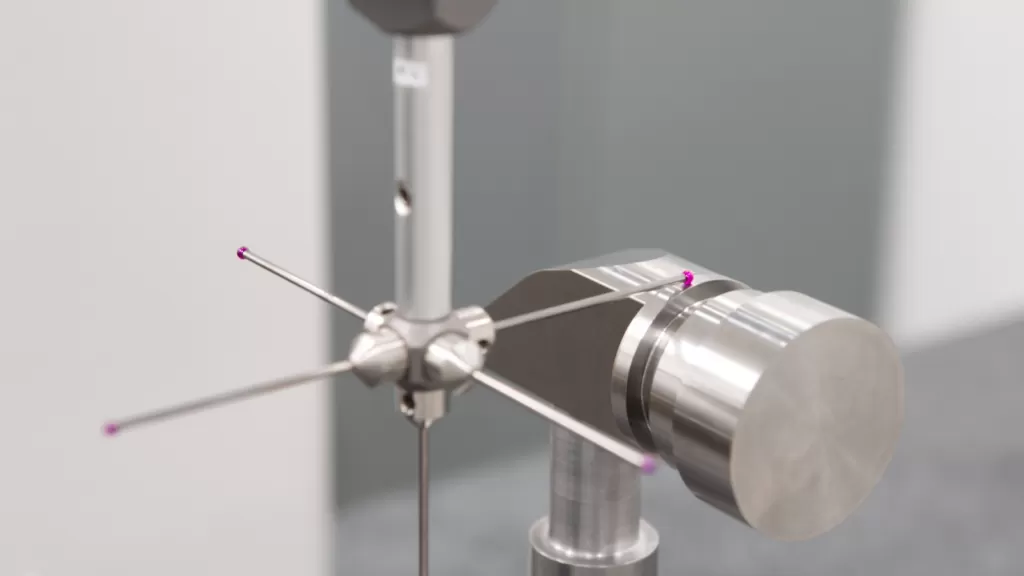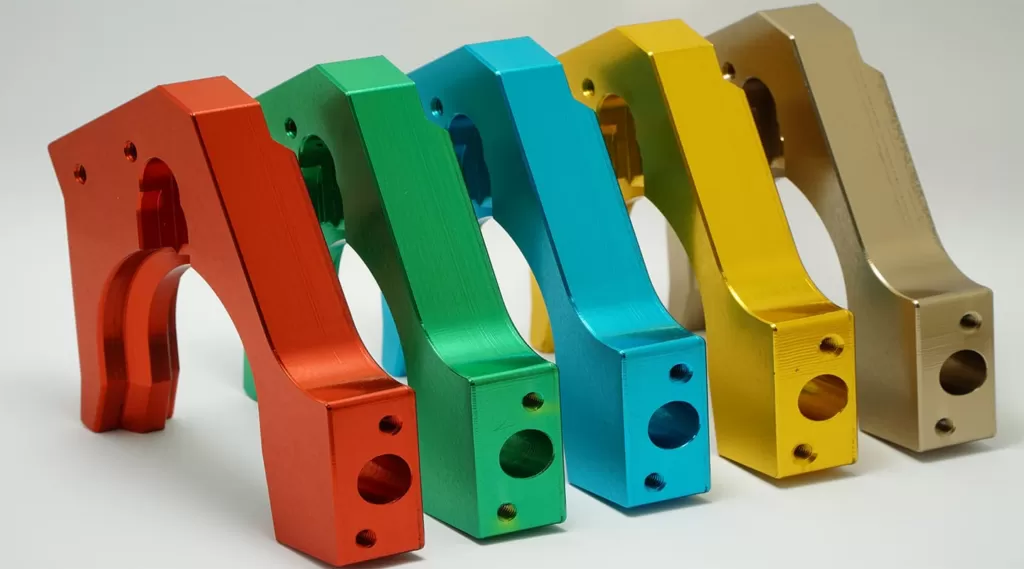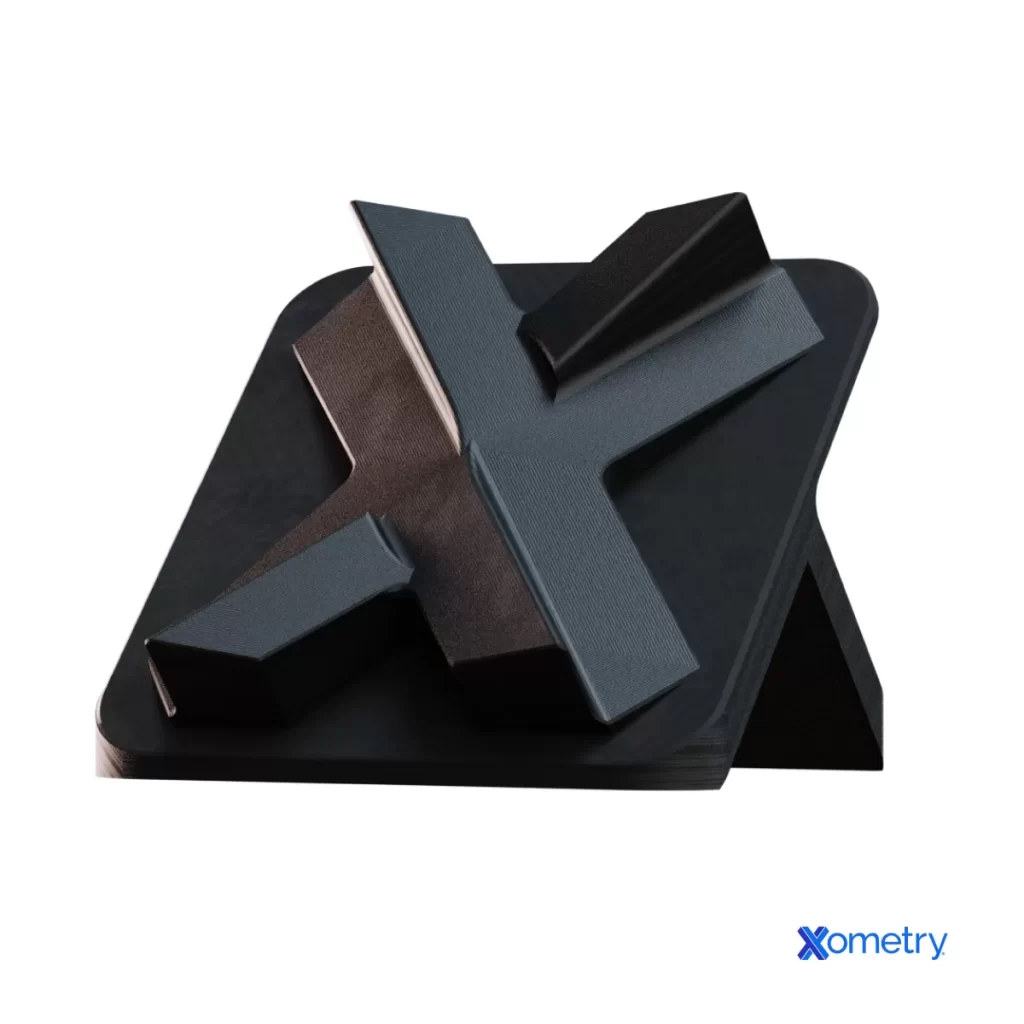Want to elevate your CNC parts with a flawless, professional finish? Polishing surface finishing is the secret to achieving smooth, durable, and visually stunning components. At HYCNC, we’ve mastered the art of CNC polishing, delivering mirror-like surfaces and precise surface roughness for industries like aerospace, medical, and automotive. Drawing from years of hands-on expertise, this guide reveals the techniques, benefits, and insider tips to perfect your parts. Curious how polishing surface finishing can transform your project? Let’s get started!
Understanding Polishing Surface Finishing
When you hear polishing surface finishing, what comes to mind? Maybe a shiny metal part, a smooth mirror-like finish, or getting rid of rough edges. But polishing is much more than just making surfaces look nice. It’s a vital step in manufacturing that improves both the appearance and function of machined parts.
What Is Polishing Surface Finishing
Polishing is a process that removes fine imperfections and smooths the surface of a material. The goal is to reduce surface roughness, often measured by Ra values, and achieve a consistent, uniform finish. This process enhances how a part performs, looks, and resists wear.
Polishing isn’t just about aesthetics. It serves several important purposes:
- Improve surface quality for better mechanical performance
- Increase corrosion resistance by sealing microscopic pits
- Enhance cleanliness and hygiene, especially in medical or food industries
- Prepare surfaces for coatings or bonding
Types of Polishing Techniques
There are different ways to polish depending on the material and desired finish. The main techniques include:
- Mechanical polishing: Using abrasive materials like sandpaper or wheels to smooth surfaces.
- Electropolishing: A chemical process that dissolves a thin layer, improving smoothness and corrosion resistance.
- Vapor polishing: Mainly for plastics, where solvent vapors smooth surfaces without physical abrasion.
- Abrasive finishing: General category including grinding, buffing, and sanding to refine surface texture.
Each method targets specific surface qualities and industries, so choosing the right technique is key.
Key Metrics Surface Roughness Ra and Industry Standards
Surface roughness is the primary metric to gauge polishing success. The most common measure is Ra, which stands for the average roughness height.
- **Lower Ra values
Benefits of Polishing Surface Finishing

Polishing surface finishing offers a range of significant benefits that go beyond just making parts look good. Whether you’re dealing with CNC machining or mechanical polishing, the impact is clear and measurable.
Aesthetic Enhancement
A polished finish creates a mirror-like appearance that improves the overall look of the product. This is especially important in industries where visual appeal matters, like consumer electronics, automotive, and luxury goods. Smooth, shiny surfaces give parts a premium feel that customers appreciate.
Functional Improvements
Polishing does more than shine—it also enhances surface quality and performance. Reducing surface roughness (Ra) helps parts fit together better, minimizing friction and wear. This leads to increased durability, better corrosion resistance, and improved efficiency in moving parts.
Hygiene and Cleanliness
In sectors like food processing, medical devices, and aerospace, polished surfaces reduce bacteria buildup and make cleaning easier. The smooth, even finish limits places where contaminants can hide, promoting higher hygiene standards and safer products.
Cost and Time Efficiency
High-quality polishing lowers the chance of defects during assembly or use, reducing scrap rates and rework costs. It can also cut down maintenance and cleaning time later in the product’s life cycle. For manufacturers, this translates into significant savings and faster turnaround times.
Case Study HYCNC Polishing Efficiency for Aerospace Client
At HYCNC, we improved an aerospace client’s polishing process by cutting their polishing time by 50% without compromising on surface roughness standards. Using advanced CNC polishing techniques and optimized abrasive finishing, we delivered precise, consistent finishes that met strict industry requirements—all while speeding up production.
This case underlines how smart polishing surface finishing can directly boost operational efficiency and product quality.
Applications of Polishing Surface Finishing
Industries Served
Polishing surface finishing is widely used across many industries in the U.S., especially those demanding high precision and quality surface quality control. Some key industries include:
- Aerospace: For parts that need smooth, corrosion-resistant surfaces to ensure safety and performance.
- Medical Devices: Where hygiene and a mirror-like finish are critical.
- Automotive: Enhancing the look and function of components.
- Electronics: For precise, clean finishes on delicate parts.
- Food and Beverage: Polished surfaces help maintain cleanliness and prevent contamination.
Materials Suitable for Polishing
Many materials are ideal for polishing surface finishing, including:
- Metals: Stainless steel, aluminum, titanium, and brass are common due to their machinability and ability to achieve smooth finishes.
- Plastics: Certain polymers can be polished for better aesthetics and improved performance.
- Glass and Ceramics: Polishing reduces surface roughness and enhances clarity and strength.
Real World Examples
- Aerospace Parts: HYCNC polished complex aluminum housings to reduce surface roughness Ra, improving airflow efficiency.
- Medical Implants: Achieved a mirror finish on stainless steel implants, increasing corrosion resistance and biocompatibility.
- Automotive Trim: Polished chrome trims for a high-end look with excellent corrosion protection.
- Electronics Casings: Finished plastic and metal casings for a smooth, clean appearance.
**In short, polishing surface finishing improves both the look and longevity of materials across many sectors, making it a vital step in precision machining and
Choosing the Right Polishing Surface Finishing Technique
When it comes to picking the best polishing surface finishing for your project, several factors matter. The choice depends on the material, final appearance, corrosion resistance needs, and budget. Knowing the right technique helps achieve the desired surface roughness and mirror like finish without wasting time or money.
Factors to Consider
- Material Type: Different metals and plastics respond better to specific polishing methods.
- Surface Quality Requirements: Measure of surface roughness Ra guides the polish level needed.
- Functional Needs: Whether you want better corrosion resistance, hygiene, or just aesthetic appeal.
- Production Volume and Speed: Some techniques work faster or cost less on bigger batches.
- Environmental and Safety Concerns: Chemical vs mechanical impact matters for your workspace.
Mechanical Polishing
This method involves using abrasive tools and pads to remove surface imperfections. It’s great for:
- Metals like aluminum, stainless steel, and brass
- Creating a consistent, smooth finish
- Applications needing moderate corrosion resistance
- Projects where physical surface shaping is also required
Mechanical polishing works well for precision machining jobs where surface roughness is critical.
Chemical and Electropolishing
Chemical polishing uses acids to smooth the surface, ideal for materials sensitive to abrasion.
Electropolishing, a type of electrochemical polishing, removes a thin surface layer to create:
- A very smooth, mirror like finish
- Enhanced corrosion resistance, especially for stainless steel
- Improved surface hygiene for medical and food industries
This method is perfect for parts needing high cleanliness and fine surface quality control.
HYCNC’s Expertise
At HYCNC, we specialize in custom CNC polishing services tailored to your project’s exact needs. We combine mechanical, chemical, and electropolishing techniques to deliver optimized results, including:
- Precise control over surface roughness and finish
- Fast turnaround for both small and large batches
- Solutions for diverse industries like aerospace, medical, and automotive
Our team works with you to select the right polishing approach that balances quality, durability, and cost — making sure your parts look and perform exactly as needed.
Choosing the right polishing surface finishing technique isn’t guesswork — it’s about matching your needs with proven methods. And with HYCNC, you get expertise backing every shine.
Best Practices for Effective Polishing Surface Finishing
Achieving the perfect polish isn’t just about using the right tools—it’s also about following proven techniques and careful surface quality control. Here’s how we at HYCNC ensure top results every time.
Selecting Appropriate Abrasives for Polishing Surface Finishing
Choosing the right abrasive is critical for getting a smooth, consistent surface finish. Different materials need different abrasives. For example:
- Metal parts: Use diamond or silicon carbide abrasives for a mirror-like finish.
- Plastic components: Soft abrasives like aluminum oxide work best.
- Delicate surfaces: Very fine abrasives prevent scratches while polishing.
At HYCNC, we tailor abrasive selection based on the material and desired surface roughness (Ra), ensuring the best balance between efficiency and finish quality.
Techniques for Uniform Polishing Surface Finishing
Consistency matters. Uniform polishing avoids uneven spots or surface defects. We recommend:
- Steady, overlapping movements to cover the entire surface evenly.
- Using CNC polishing machines for precise control and repeatability.
- Adjusting pressure and speed according to material and polish type.
By following these steps, we minimize imperfections and achieve a consistent, high-quality finish.
Measuring Surface Quality in Polishing Surface Finishing
Surface roughness (Ra) is a key metric for quality control. At HYCNC, we use advanced surface roughness testers to:
- Ensure the finish meets industry standards.
- Identify any blemishes or inconsistencies early.
- Deliver results that meet your exact specifications.
Regular measurement during polishing reduces rework and speeds up project completion.
HYCNC’s Quality Assurance for Polishing Surface Finishing
Quality is non-negotiable. We combine:
- State-of-the-art CNC polishing technology
- Skilled technicians with precision machining expertise
- Rigorous quality checks at every step
This approach guarantees repeatable, reliable finishes—from small batch orders to large-scale production.
By sticking to these best practices, we help our clients get the best surface finishing outcomes with less time and lower cost, perfect for U.S. industries demanding precision and speed.
Challenges and Solutions in Polishing Surface Finishing
Common Challenges in Polishing Surface Finishing
Polishing surface finishing isn’t without its hurdles. Here are some common challenges we see in the industry:
- Inconsistent surface roughness: Achieving a uniform finish, especially on complex shapes, can be tricky.
- Damage to delicate parts: Over-polishing or using the wrong abrasive can harm thin or sensitive materials.
- Time-consuming processes: Manual polishing often eats up valuable time and drives up costs.
- Material limitations: Different metals and plastics respond differently to polishing methods.
- Maintaining corrosion resistance: Improper polishing can reduce protective layers, leading to rust or wear.
- Quality control difficulties: Measuring surface quality precisely to meet industry standards like Ra values can be a challenge.
HYCNC’s Solutions for Polishing Surface Finishing
At HYCNC, we know how to tackle these challenges head-on with state-of-the-art CNC polishing services designed for precision and repeatability:
- Advanced CNC polishing technology: Our equipment ensures consistent surface roughness and mirror-like finishes, even on complex parts.
- Customized abrasive finishing: We select and tailor abrasives based on your material and finish requirements to prevent damage.
- Speed and efficiency: Automated processes reduce polishing time by up to 50%, as proven with aerospace clients, cutting costs without sacrificing quality.
- Versatile polishing techniques: From mechanical polishing to electropolishing and vapor polishing, we use the right method to fit your project’s needs.
- Surface quality control: We use precise measurement tools to guarantee your parts meet or exceed industry standards for surface roughness and corrosion resistance.
- Expert consultation: Our team helps you pick the best polishing method and finish, so you get exactly what you need for your application.
With HYCNC, polishing surface finishing becomes a smooth, reliable process that balances quality, speed, and cost—perfectly tailored to the demands of U.S. industries.
Why Partner with HYCNC for Polishing Surface Finishing
When it comes to polishing surface finishing, choosing the right partner makes all the difference. At HYCNC, we combine advanced technology and industry know-how to deliver precise, high-quality finishes that meet your exact needs.
State of the Art CNC Polishing Capabilities
We use the latest CNC polishing machines and techniques to ensure a mirror-like finish with consistent surface roughness control. Our equipment can handle complex parts with precision, giving you uniform results every time. This tech edge supports everything from abrasive finishing to electropolishing, tailored to the material and finish you want.
Customized Solutions for Diverse Industries
No two industries are the same, and neither are their surface finishing needs. We provide polishing solutions for a variety of sectors including aerospace, automotive, medical, and electronics. Whether it’s improving corrosion resistance or achieving a specific surface quality control standard, we customize our processes to fit your application perfectly.
Commitment to Quality and Fast Turnaround
Quality isn’t negotiable. We rigorously test and measure surface roughness Ra and other critical finish parameters throughout the process to ensure your parts meet or exceed industry standards. Plus, we know time is money. Our efficient workflows and skilled team help reduce lead times without sacrificing quality.
Competitive Pricing for Small and Large Batches
Whether you need a quick prototype or a large production run, HYCNC offers competitive pricing models that make polishing surface finishing affordable and scalable for all project sizes. We work closely with you to optimize cost and turnaround time, so you get the best value without compromises.
Choosing HYCNC means you get expert CNC machining and polishing services that prioritize your goals for aesthetics, functionality, and durability. Learn more about our surface finishing capabilities and how we can deliver exceptional results tailored to your needs.




